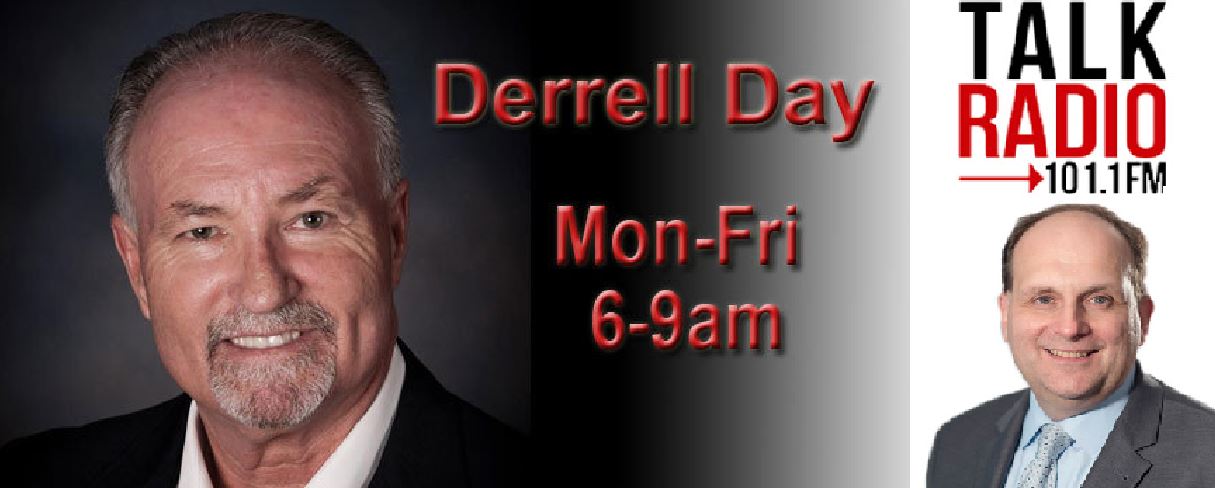Today, Senator Chuck Grassley questioned FBI Director James Comey about why the FBI revealed the information about the grand jury to us in litigation but refused to release the same information to him in response to congressional oversight. The video of the hearing is available here; the exchange begins around the 3:09 mark.
As discussed in previous blog posts (here, here, and here), Cause of Action Institute, together with Judical Watch, is litigating a Federal Records Act case to compel the State Department and National Archives and Records Administration to perform their statutory obligations to initiate action through the Attorney General for the complete recovery of email records unlawfully removed from federal custody by former Secretary of State Hillary Clinton.
Last week, the government filed a declaration from Federal Bureau of Investigation (“FBI”) Special Agent E.W. Priestap, which revealed for the first time that the FBI had obtained grand jury subpoenas related to the Clinton email investigation. Preistap stated: “The FBI also obtained Grand Jury subpoenas related to the Blackberry e-mail accounts, which produced no responsive materials, as the requested data was outside the retention time utilized by those providers.”
Here’s a transcript of key portions of that exchange:
Senator Chuck Grassley: Last week, the FBI filed a declaration in court pursuant to Freedom of Information Act litigation [ed. actually, it is a Federal Records Act case]. The FBI said that a grand jury issued subpoenas for Secretary Clinton’s emails. Yet you refuse to tell this Committee whether the FBI sought or had been denied access to grand jury process from the Justice Department. So, I think a very simple question is why does the FBI give more information to someone who files a lawsuit than to an oversight committee of Congress? That has happened to me several times.
Director Comey: I’m not sure, Senator, whether that’s what happened here. But you’re right, I refused to confirm in our hearings as to whether we used a grand jury and how. I think that’s the right position. Because I don’t know it well enough, I don’t think I can tell you . . . I don’t think I can distinguish the statements made in the FOIA case, as I sit here.
Senator Chuck Grassley: Just as a matter of proposition then! If, I, Chuck Grassley as a private citizen file a Freedom of Information Act [request] and you give me more information than you’ll give to Senator Chuck Grassley, how do you justify that?
Director Comey: Yeah, it’s a good question
Senator Chuck Grassley: What do you mean it’s a good question?! How do you justify it?!
Director Comey: It’s a good question, I can’t [justify it] as I sit here.
Senator Chuck Grassley: Ye gods . . .
. . .
When was the grand jury convened? Was it before your first public statement about closing [the Clinton] case?
Director Comey: I’m still not in a position where I’m comfortable confirming whether and how we used a grand jury . . . in an open setting. I don’t know enough about what was said in the FOIA case to know whether that makes my answers silly. But I just want to be so careful about talking about grand jury matters. So, I’m not going to answer that, sir.
In a word, yes, it does make Director Comey look silly to refuse to confirm the FBI’s use of grand jury subpoenas to Senator Grassley when the FBI has already sworn to the existence of the grand jury in federal court.
This exchange highlights one of the challenges of congressional oversight: agencies often refuse to cooperate with Congress. That’s where CoA Institute steps in and helps bring transparency to an opaque federal government.
James Valvo is Counsel & Senior Policy Advisor at Cause of Action Institute and you can follow him on Twitter @JamesValvo.
